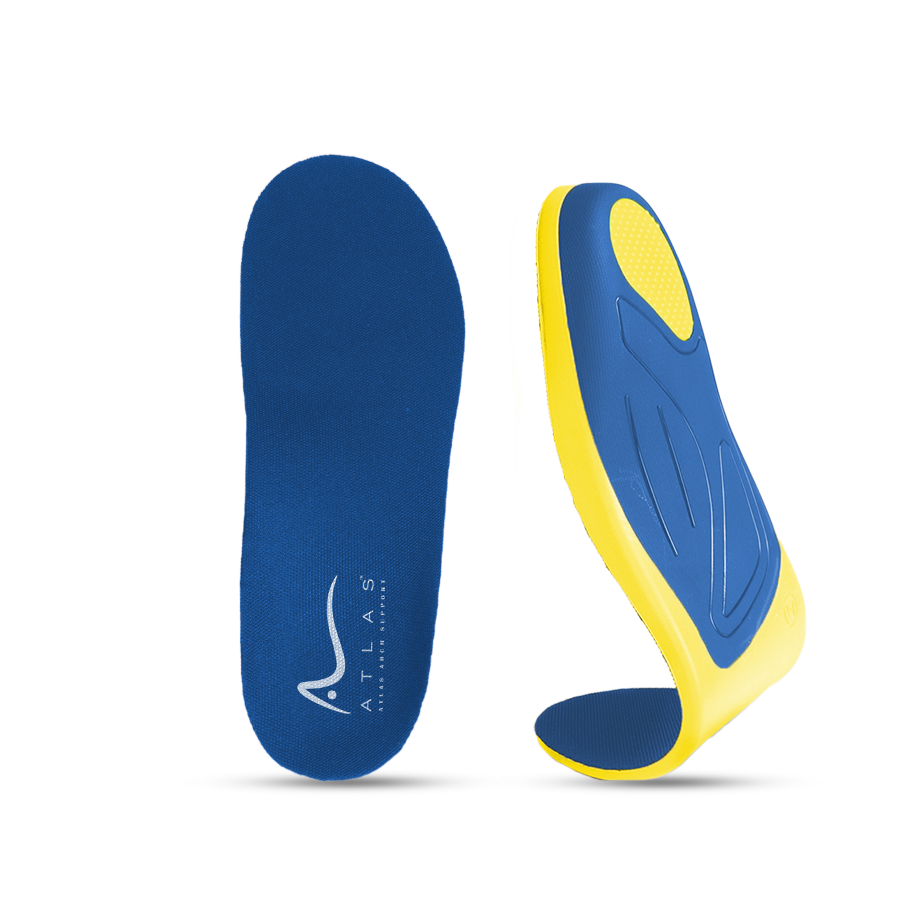Ingrown toenails, a prevalent and painful ailment, arise when a toenail cuts into the surrounding skin, causing discomfort and potentially infection. This guide delves into the intricacies of ingrown toenails, illuminating their causes, symptoms, and optimal approaches for treatment and prevention. Whether you're currently afflicted or aiming to avert future issues, our insights will assist you in sustaining healthy, joyful feet.
Understanding Ingrown Toenails
Several factors can lead to the development of ingrown toenails. Recognizing these causes is vital for effective management and prevention of this troublesome condition.
1. Nail Trimming Errors
- Excessively Short Trimming: Over-trimming toenails or rounding the edges excessively can predispose the nail to grow into the skin. Proper nail care is crucial.
- Injuries: Accidental injuries to the toenail, such as stubbing or dropping something heavy on it, can prompt ingrown toenails. It's important to protect your toes from harm.
- Tight Footwear: Shoes that fit poorly or offer insufficient toe space can press the toenail into the skin, heightening the risk of ingrown toenails. Choose shoes that provide comfort and ample toe movement.
- High Heels: While stylish, high heels can push your weight forward onto your toes, potentially increasing ingrown toenail risk. Wear high heels sparingly and ensure they fit well.
3. Genetic Factors
A genetic predisposition may make some more prone to ingrown toenails, with certain nail shapes and structures more likely to embed into the skin.
Symptoms of Ingrown Toenails
Early detection and treatment are key. Be on the lookout for:
1. Pain and Sensitivity
- Pain: A hallmark of ingrown toenails, ranging from mild to severe.
- Sensitivity: The area may be tender to touch, with even light pressure aggravating the discomfort.
2. Redness and Swelling
- Redness: A sign of inflammation around the toenail.
- Swelling: The area may become puffy due to the body's healing response.
3. Pus-filled Blister
Advanced cases may develop a painful, pus-filled blister, indicating a possible infection.
4. Mobility Issues
Pain and discomfort from ingrown toenails can hinder walking and wearing shoes, impacting daily life.
Treatment Strategies
The approach to treating ingrown toenails varies with the severity of the condition:
Warm Water Soaks: Soften the skin and reduce swelling with warm water, optionally adding Epsom salt or a mild antiseptic for enhanced benefits.
Nail Lifting: Gently lifting the ingrown nail edge can alleviate discomfort.
Cotton or Dental Floss: Placing a small piece under the nail edge can guide proper growth and relieve pressure.
Antibiotic Ointment: Essential for preventing infection and promoting healing.
Pain Relievers: Over-the-counter options like ibuprofen or acetaminophen can offer temporary relief.
Exercise caution and maintain hygiene when treating ingrown toenails at home. Seek medical advice if the condition persists or worsens.
Preventing Ingrown Toenails
Preventive measures are key to avoiding ingrown toenails:
Proper Nail Trimming: Cut nails straight across and avoid overly short lengths.
Appropriate Footwear: Choose shoes that fit well and allow for toe movement.
Foot Hygiene: Keep feet clean and dry, using foot powder if necessary to manage moisture.
Avoid Toe Trauma: Wear protective footwear during activities that risk toe injury.
By integrating these preventive practices, you can significantly lower the risk of ingrown toenails and maintain foot health.
Lifestyle and Home Remedies for Ingrown Toenails
Beyond medical treatments and preventive measures, incorporating certain lifestyle adjustments and home remedies can significantly alleviate the discomfort caused by ingrown toenails and accelerate the healing process. Here are some effective strategies:
Optimize Your Foot Environment
- Breathable Footwear: Choose shoes made from materials that allow your feet to breathe, reducing moisture buildup that can exacerbate ingrown toenails.
- Protective Socks: Wear socks that wick away moisture, such as those made from natural fibers or technical, moisture-wicking materials. This keeps your feet dryer and reduces the risk of infection.
Natural Soothing Techniques
- Tea Tree Oil Soaks: Known for its antiseptic properties, adding a few drops of tea tree oil to your warm water soak can help prevent infection while soothing the affected area.
- Aloe Vera Application: The cooling and anti-inflammatory effects of aloe vera can provide relief. Apply aloe vera gel to the ingrown toenail to soothe irritation and reduce redness.
Gentle Physical Therapies
- Massage: Gently massaging the affected area can improve blood circulation, which aids in reducing swelling and promoting healing.
- Foot Exercises: Simple toe stretches and exercises can improve foot health by enhancing circulation and flexibility, potentially preventing the recurrence of ingrown toenails.
Stress Reduction
- Mindfulness and Relaxation: Stress can tighten the body, potentially affecting your feet and exacerbating foot conditions. Practices like yoga, meditation, or deep breathing can help manage stress levels, indirectly benefiting foot health.
Dietary Considerations
- Anti-inflammatory Foods: Incorporating foods rich in anti-inflammatory properties, such as omega-3 fatty acids found in fish, flaxseeds, and walnuts, can support the body's healing process.
- Hydration: Adequate water intake is crucial for overall health and can aid in the prevention of skin conditions, including those affecting the feet.
Conclusion
Ingrown toenails need not be a persistent source of pain. Armed with knowledge on prevention, early detection, and effective home care, you can keep your feet comfortable and free from distress. For ongoing issues, professional medical consultation is essential for appropriate treatment. Step forward into a future of pain-free steps.




